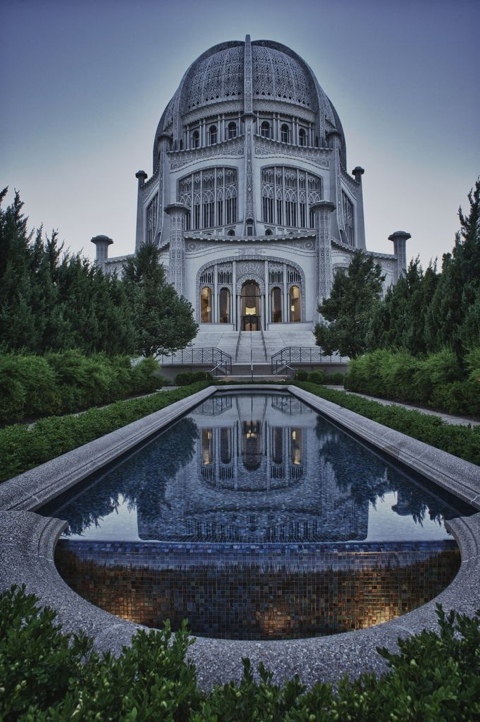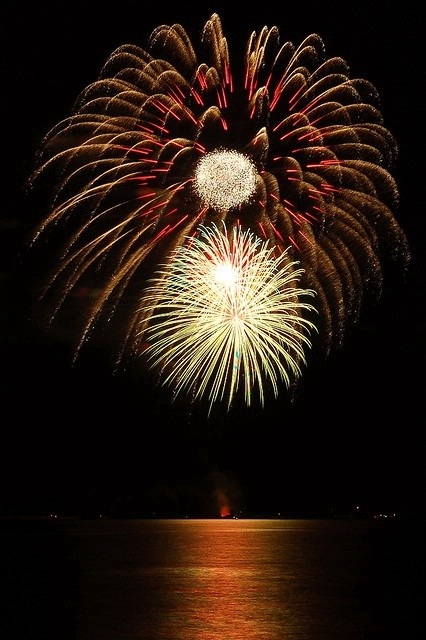Over the last couple of years, I have been rekindleing my love affair with film photography. This has been in no small part due to my brother’s enthusiasm for shooting film—lomo, instant or whatever he is into this week. Also, I love to listen to the Film Photography Project podcast. The gang on that show (what show?) just seem to live for photography, and as the name implies, they too are shooting film. Their enthusiasm for film is super contagious (and super positive).
A beautiful thing about film cameras is that, for the most part, nobody wants them. People practically give them away at garage sales, on Craiigslist, eBay, etc.. I have lusted over a Nikon F4s since I was in high school, but the $2,500 price tag in 1988 was just crazy talk. Now you can pick up an F4 for the price of a night on the town in Chicago. Now I have one. Of course, the F4 would be lonely all by itself, with just my old Nikon 5005 to hang out with. So I picked up a Nikon F and an F2 to keep the F4 company. Well one thing led to another, and now I also have a small stable of early Olympuses (Olympi?), a variety of rangefinders, medium format, and instant cameras.
These are no shelf jockeys though. They are out and about putting light to emulsion all the time, which brings me to the point of this post and the reason often cited for the popularity of digital photography—FILM COSTS MONEY. Memory cards? Not much.
I somehow have been lulled into thinking that shooting film is an inherently expensive thing to do. It can be. But I realized that it can also be pretty cheap. If you pay $5.00 for a roll of black and white film and $10.00 for processing, A few rolls of film starts to look pretty pricey. However, if you process your own film, it costs pennies per roll and is super easy. The cost of the film is the same, but not bad. Admittedly, printing still costs additional money, but if you want to print digital photos, you have to pay for that too—so that is a wash.
I used to process and print my own film when I was in college and I (probably) wasn’t any smarter back then than I am now, so I decided it was time to take the processing back into my own hands. For less than a hundred dollars, I got all the chemicals I needed, a developing tank, a changing bag and a film squeegee. The I went to the Home Goods store and picked up three measuring cups to dedicate to the chemicals, and some clips to hang the film to dry. All in, about a hundo.
Tonight I processed the first two rolls of film since college, and it was a piece of cake. I did use the awesome app on my phone “The Massive Dev Chart” to give me the times I needed for each chemical. The app is worth EVERY PENNY. The only thing I might do differently in the future is get a bigger changing bag. It is pretty crowded in there with both of my paws, the developing tank, film and scissors.
Processing my own black and white film will let me shoot as much as I want and still seems like magic when I see it in action. I will continue to send my color film out for processing and printing for the time being. Maybe someday…
Now I just need to find a good deal on an enlarger.





















































